
The clinical name is transitional object, but for young children, a beloved blanket is more like a lifeline. And that's exactly how Owen feels about his baby blanket, fondly named Fuzzy. The Owen-Fuzzy relationship is cruising along smoothly until a nosy neighbor, Mrs. Tweezers, leans over the fence and asks his parents, "Isn't he getting a little old to be carrying that thing around?" With kindergarten just around the corner, Owen's parents wonder if he should in fact relinquish his prized Fuzzy. Kevin Henkes uses his signature mouse characters and jewel-tone watercolors to explore the antics and foils of one mouse-boy, one rag-blanket, and two parents wondering how to help their son kick the habit. This is what Henkes does best—playfully bringing childhood fears and feelings to the surface while portraying real-life parent-child tensions. Mrs. Tweezers, a real sourpuss, is no help at all. She offers terrible over-the-fence advice, such as dipping Fuzzy in vinegar (as if to cure a nail-biting habit) or stealing the blanket in the night. 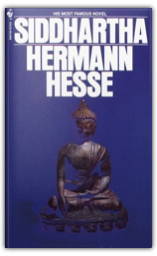
In the shade of a banyan tree, a grizzled ferryman sits listening to the river. Some say he's a sage. He was once a wandering shramana and, briefly, like thousands of others, he followed Gotama the Buddha, enraptured by his sermons. But this man, Siddhartha, was not a follower of any but his own soul. Born the son of a Brahmin, Siddhartha was blessed in appearance, intelligence, and charisma. In order to find meaning in life, he discarded his promising future for the life of a wandering ascetic. Still, true happiness evaded him. Then a life of pleasure and titillation merely eroded away his spiritual gains until he was just like all the other "child people," dragged around by his desires. Like Hermann Hesse's other creations of struggling young men, Siddhartha has a good dose of European angst and stubborn individualism. His final epiphany challenges both the Buddhist and the Hindu ideals of enlightenment. Neither a practitioner nor a devotee, neither meditating nor reciting, Siddhartha comes to blend in with the world, resonating with the rhythms of nature, bending the reader's ear down to hear answers from the river. In this translation Sherab Chodzin Kohn captures the slow, spare lyricism of Siddhartha's search, putting her version on par with Hilda Rosner's standard edition. —Brian Bruya 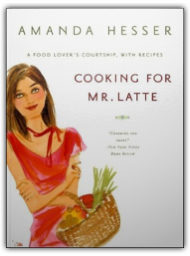
Cooking for Mr. Latte is a delightfully modern dating story, recipes included. It's the true story of the courtship between Amanda Hesser, a food writer for The New York Times and author of the award-winning cookbook The Cook and the Gardener, and writer Tad Friend, the titular Mr. Latte. Most of the book was written in installments for the New York Times Magazine, but fans of Hesser's writing will be happy to know that there are plenty of new stories and recipes to justify picking up the book version. Her tale ends happily ever after, but has enough ups and downs to keep it interesting. And it's not all about Mr. Latte. Ever wonder what it's like to eat out with foodie guru Jeffrey Steingarten? Chances are you guessed wrong. 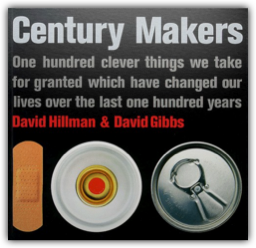
Over 185 Color Photographs & Illustrations 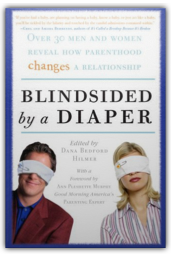
It used to be just the two of you. Now you have a baby, or maybe even a few kids, and the luxury of time—to frolic, talk, romance, and simply hang out—is gone, replaced by a big dose of chaos and the demands of little people who rule your home with small, adorable iron fists. 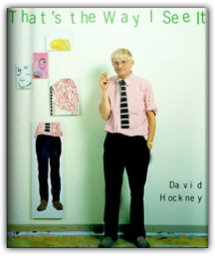
Following his bestselling 1976 biography, contemporary artist Hockney uses the same lively manner to candidly reveal his thoughts on art, theater, photography, and technology. Covers 1969 to present with over 300 reproductions of Hockney's paintings, most never before published. 360 illus., 310 in color. |
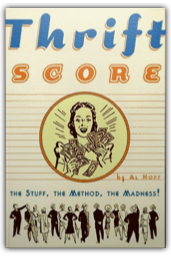
Shopping is America's No. 1 pastime, but nothing beats the thrill of thrift shopping, The lowest prices! One-of-a-kind items! Oddities from the past! 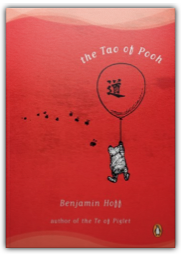
Is there such thing as a Western Taoist? Benjamin Hoff says there is, and this Taoist's favorite food is honey. Through brilliant and witty dialogue with the beloved Pooh-bear and his companions, the author of this smash bestseller explains with ease and aplomb that rather than being a distant and mysterious concept, Taoism is as near and practical to us as our morning breakfast bowl. Romp through the enchanting world of Winnie-the-Pooh while soaking up invaluable lessons on simplicity and natural living. 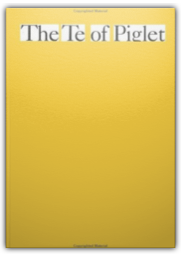
In The Te of Piglet, a good deal of Taoist wisdom is revealed through the character and actions of A. A. Milne's Piglet. Piglet herein demonstrates a very important principle of Taoism: The Te-a Chinese word meaning Virtue-of the Small. 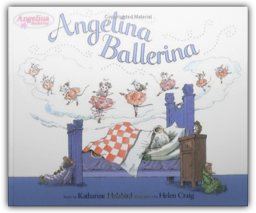
Angelina Ballerina is the picture book that first introduced Angelina to her adoring fans. This tiny dancer has proved to have enormous staying powershe has been a hugely popular character for more than twenty years. And Angelinas popularity only continues to grow. She is even the spokescharacter for National Dance Week.With Katharine Holabirds lively writing and Helen Craigs charming illustrations, the original story about the feisty little mouse who wants nothing more than to dance still keeps young ballerinas leaping with delight. 
Imagine Angelina's delight when she wins two tickets to the gala performance of Cindermouse...and then her disappointment as friend after friend has received an invitation to something else that day. At the last minute, however, Angelina is called by the Royal Ballet's director to fill in for an injured ballerina and she gives her two tickets to her parents. There are six envelopes in all with cards and letters to open up and read as well as a special lucky star pendant in the last envelope. 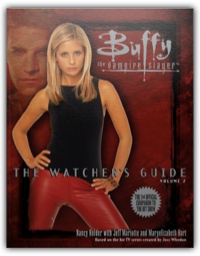
"I'm the Slayer. Slay-er. Chosen One? She who hangs out a lot in cemeteries? 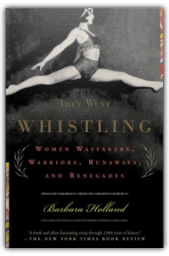
They Went Whistling is Barbara Holland's account of history's outstanding, and largely forgotten, females. The women revealed within these pages were driven by passion—for religion, humanity, adventure, politics, and knowledge—that couldn't be curtailed by convention. They were witty, defiant, and, more often than not, beautiful. Shamefully, most of us are unfamiliar with their accomplishments. Holland brings such faces as Joan of Arc, Daisy Bates, Stagecoach Mary, and Mary "Mother" Jones into the same light as Napoleon, Lawrence of Arabia, Billy the Kid, and Frederick Engels. |

My Library
Collection Total:
1390 Items
1390 Items
Last Updated:
Mar 22, 2009
Mar 22, 2009


 Made with Delicious Library
Made with Delicious Library